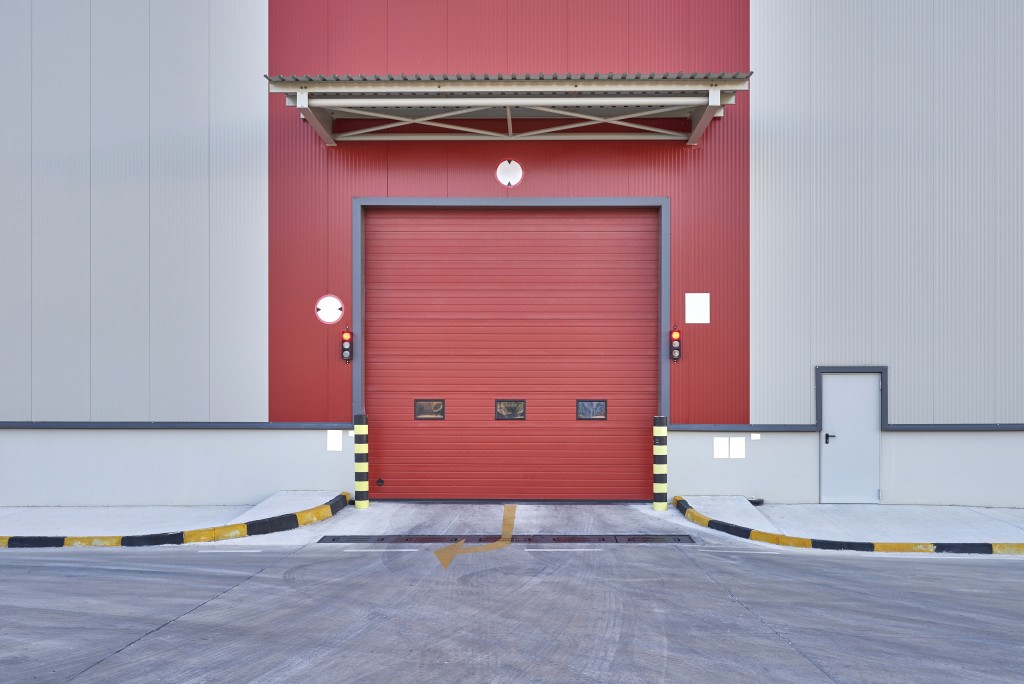- Utilize reliable auto maintenance schedule software to identify areas that need attention before they become significant issues.
- Regularly inspect and service vehicles to ensure optimal functioning, prevent breakdowns, and keep drivers comfortable and secure.
- Ensure all parts are in good condition to comply with safety standards and legal requirements.
- Inspect brakes, tires, and suspension systems regularly for safety risks and extended life expectancy of components.
Fleet maintenance is an essential part of any business that relies on vehicles for transportation or delivery. Keeping up with fleet maintenance can ensure that your vehicles are always in good condition, saving you time and money. It also helps reduce the risk of accidents and breakdowns due to vehicle failure.
With a few simple steps, it’s easy to keep up with fleet maintenance and make sure your vehicles are running smoothly. By following these guidelines, you’ll be able to maintain your vehicles properly and save yourself from costly repairs down the road.
Utilize reliable auto maintenance schedule software.
Utilizing reliable auto maintenance schedule software is essential to keeping up with fleet maintenance. It enables organizations to keep track of planned or scheduled repairs, services, and inspections to ensure the vehicles within their fleets are adequately serviced and maintained.
This is incredibly important for many reasons, ranging from safety to cost-effectiveness and legal compliance. By taking advantage of this technology, organizations can identify areas that need attention before they become major issues and take measures to maximize vehicle life, so they aren’t forced to replace vehicles more often than necessary.
Additionally, it can provide visibility into how well issues identified in past services have been addressed, allowing organizations to address repair problems more accurately while conserving resources.
Perform maintenance processes
Here are some tips when it comes to performing maintenance processes for your fleet:
Regularly inspect and service the vehicles.
Regularly inspecting and servicing vehicles is an essential part of fleet maintenance, as this can help identify any potential problems with the vehicle’s overall performance or safety. Checking and servicing vehicles regularly to maintain optimal functioning is essential.
This helps prevent costly repairs from arising later down the line by catching issues before they become serious – regular maintenance means far less risk of breakdowns occurring unexpectedly due to a lack of planning.
Furthermore, regular inspections ensure that all components are functioning correctly but also helps the vehicle remain fuel efficient and safe on the road – meaning your drivers will be both comfortable and secure while traveling.
Change oil and other fluids regularly.

Fleet maintenance is an essential component of ensuring vehicle performance and health. One of the best ways to keep up with fleet maintenance is to regularly check and change oil and other fluids. This is important as periodically checking oil levels allows for preventative and proactive care for vehicles, allowing any issues or problems to be identified sooner rather than later.
Moreover, the oil helps lubricate moving parts, ensuring the car runs smoothly. If it’s not changed on an ongoing basis, it can result in engine damage due to dirt or debris becoming present in the motor. Thus, changing the oil regularly should be an integral part of any maintenance routine for fleet vehicles to ensure reliability and durability over time.
Make sure all parts are in good condition.
Fleet maintenance is an essential part of keeping vehicles safe and compliant. Ensuring that all aspects are in good condition requires diligent attention regularly. Otherwise, costly repairs and future problems can arise.
It’s not just about preventing the inconvenience, but it’s also essential to upholding safety standards and meeting legal requirements. Nobody wants to put their passengers, drivers, or cargo in danger due to lapses in maintenance, so it is important to inspect parts and roadside assistance regularly thoroughly.
You must ensure these items are checked and up-to-date as part of fleet maintenance to avoid escalating costs due to negligence or significantly reducing the lifespan of your vehicles and their components. Responsible fleet maintenance ensures operations remain timely and cost-effective for years to come.
Inspect brakes, tires, and suspension systems regularly

An essential part of fleet maintenance is regularly inspecting brakes, tires, and suspension systems. Doing this appropriately can help maintain a vehicle’s safe running condition and extend the parts’ lifespan.
A consistent inspection ensures that the brake system is functioning correctly to avoid risks associated with inadequate stopping distance, while preventive tire care helps to maintain air pressure levels and prevents hazardous hazards such as blowouts, uneven wear patterns, and flat spots.
Regularly inspect the vehicle’s suspension system to detect issues with worn-out/loose parts or deteriorations in shock absorber settings. This will help minimize overall safety risks as well as prolong parts’ life expectancy by avoiding unnecessary strain on the suspension components.
Keep up with regular tire rotations and wheel alignments
Properly maintaining fleet tires is essential for the longevity of any organization’s vehicles. Rotating and wheel aligning an organization’s tires every few months helps to ensure that each tire wears evenly with balanced pressure and load, thereby reducing future costs associated with unbalanced tread wear.
More importantly, this check-up helps identify potential issues before they become a larger problem. Improper alignment or misaligned tires can lead to premature tread wear due to increased friction while the vehicle operates, ultimately leading to expensive replacement costs.
Wheel realignment can also help improve fuel efficiency and decrease emissions due to less stress on the engine. For these reasons, it’s wise for organizations to prioritize tire rotation and wheel alignments as part of their regular fleet maintenance routine.
These are only a few of the many steps organizations should take to maintain their fleets properly. With regular and proper maintenance processes, organizations can save themselves time and money, as well as ensure the safety of everyone involved with their vehicles.


